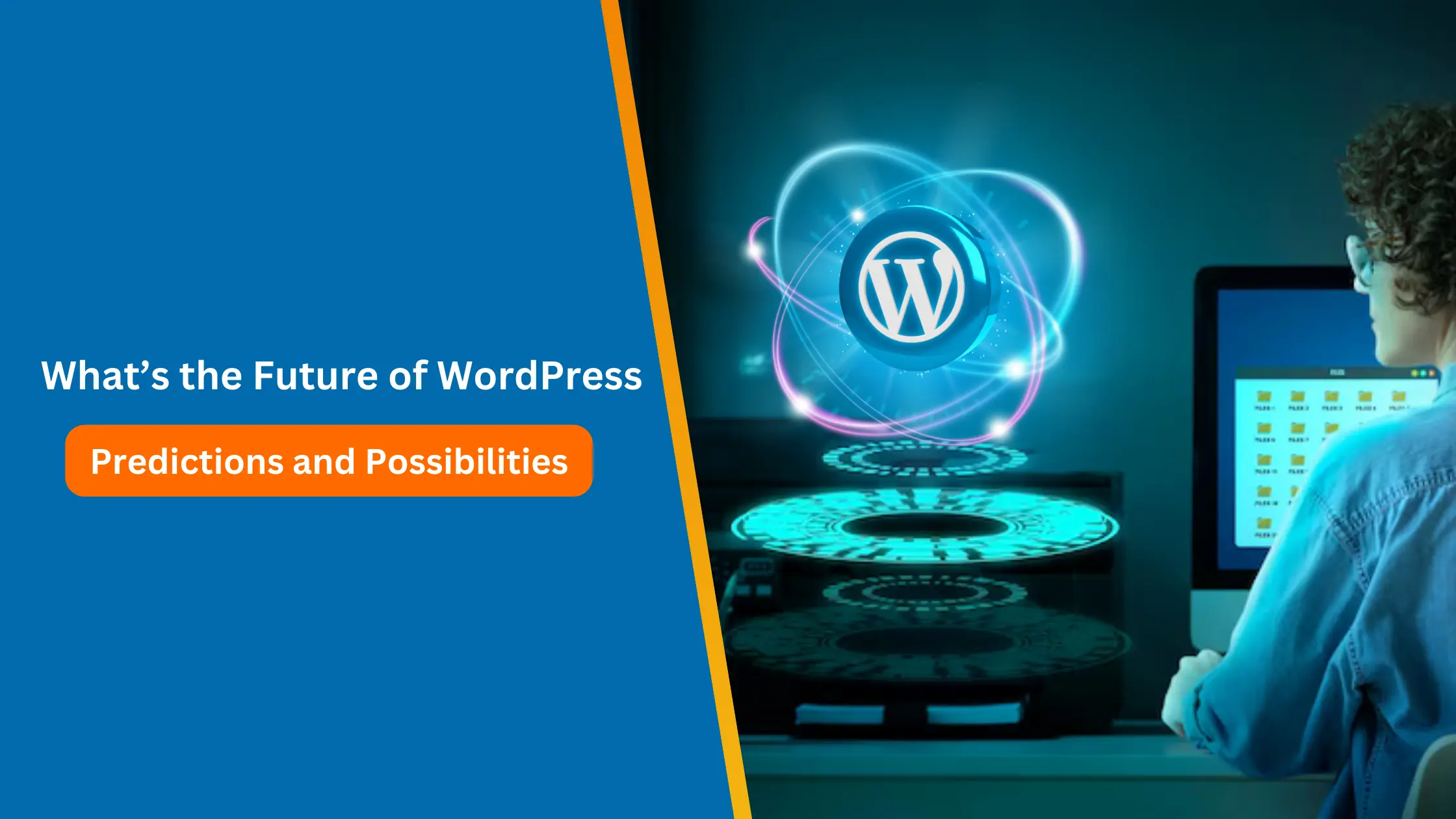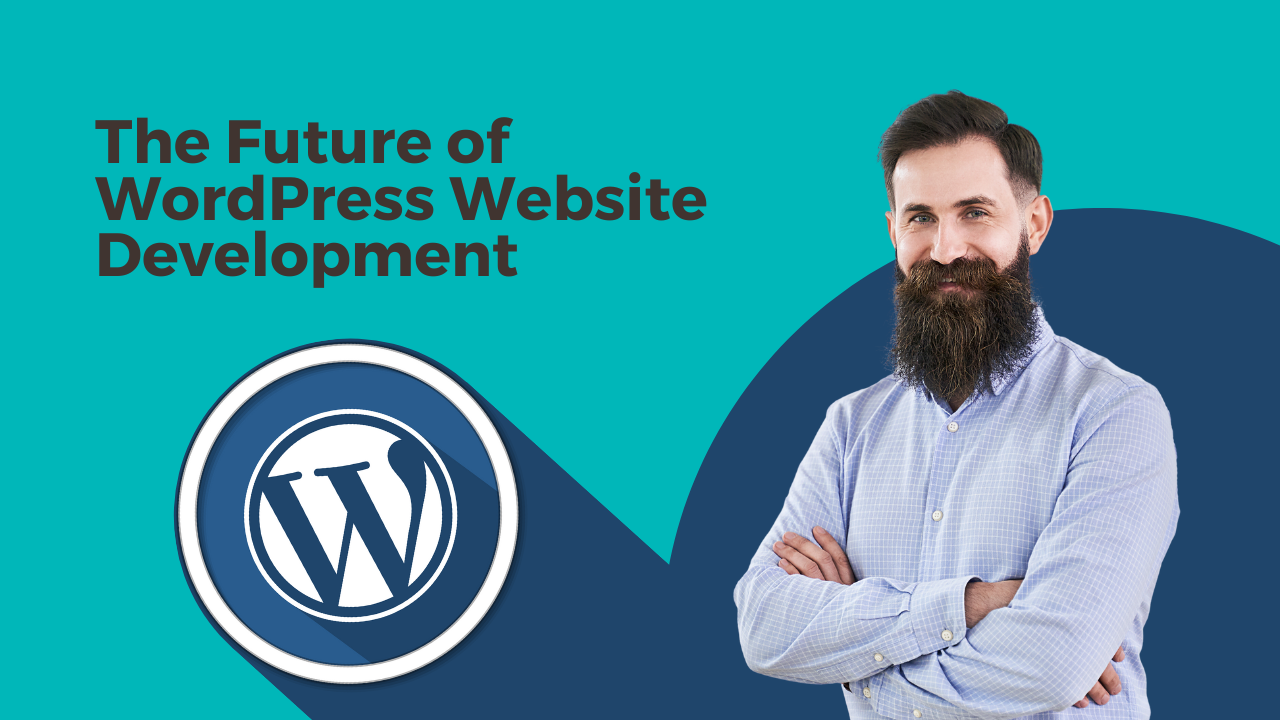WordPress, the world’s most popular content management system (CMS), powers over 43% of all websites on the internet. Since its inception in 2003, WordPress has evolved from a simple blogging platform to a versatile tool for building everything from personal blogs to enterprise-level websites. As we move further into 2025, the future of WordPress development is shaped by emerging technologies, changing user expectations, and the need for more efficient and secure solutions.
In this article, we’ll explore the key trends and innovations that are shaping the future of WordPress development, and what they mean for developers, businesses, and users.
Why WordPress Continues to Dominate
1. Flexibility and Customization
WordPress’s open-source nature and extensive plugin ecosystem make it highly flexible and customizable. Developers can create unique websites tailored to specific needs without starting from scratch.
2. User-Friendly Interface
WordPress’s intuitive interface allows even non-technical users to manage and update their websites easily. This accessibility has contributed to its widespread adoption.
3. Strong Community Support
With a global community of developers, designers, and users, WordPress benefits from continuous improvements, updates, and a wealth of resources.
Key Trends Shaping the Future of WordPress Development
1. Full Site Editing (FSE)
Full Site Editing (FSE) is one of the most significant advancements in WordPress development. Introduced in WordPress 5.9, FSE allows users to edit every part of their website using the Block Editor (Gutenberg). This includes headers, footers, sidebars, and templates.
- Benefits: Greater design flexibility, faster development, and a more intuitive user experience.
- Impact: FSE empowers users to create custom layouts without coding, reducing reliance on developers for basic design changes.
2. Headless WordPress
Headless WordPress is an architecture where the front-end (what users see) is decoupled from the back-end (where content is managed). This allows developers to use modern front-end technologies like React or Vue.js while still leveraging WordPress’s robust CMS capabilities.
- Benefits: Improved performance, enhanced security, and the ability to create highly interactive user experiences.
- Impact: Headless WordPress is gaining traction among developers building complex, high-performance websites.
3. Artificial Intelligence (AI) Integration
AI is transforming WordPress development by automating tasks, enhancing user experiences, and providing data-driven insights. Key applications include:
- AI-Powered Plugins: Plugins like WordLift and Akismet use AI to improve SEO, content recommendations, and spam detection.
- Chatbots: AI-driven chatbots provide instant customer support and improve user engagement.
- Content Generation: Tools like GPT-4 can generate blog posts, product descriptions, and other content.
- Impact: AI integration streamlines development processes and enhances website functionality, making WordPress more powerful and user-friendly.
4. Enhanced Security Measures
As cyber threats become more sophisticated, WordPress developers are prioritizing security. Key trends include:
- Two-Factor Authentication (2FA): Adding an extra layer of security to user logins.
- Regular Updates: Ensuring WordPress core, themes, and plugins are up to date to patch vulnerabilities.
- Security Plugins: Tools like Wordfence and iThemes Security provide comprehensive protection against threats.
- Impact: Enhanced security measures build user trust and protect sensitive data, making WordPress a safer platform for businesses and individuals.
5. Progressive Web Apps (PWAs)
Progressive Web Apps (PWAs) combine the best of web and mobile apps, offering fast, reliable, and engaging experiences. WordPress developers are increasingly adopting PWA technology to create websites that:
- Work Offline: Users can access content even without an internet connection.
- Load Instantly: PWAs provide near-instant loading times, improving user experience.
- Offer App-Like Features: Push notifications, home screen icons, and full-screen mode enhance engagement.
- Impact: PWAs bridge the gap between websites and mobile apps, providing a seamless experience across devices.
6. Accessibility Improvements
Accessibility is becoming a top priority in WordPress development. Developers are focusing on creating websites that are usable by everyone, including people with disabilities. Key initiatives include:
- Accessibility-Ready Themes: Themes that meet WCAG (Web Content Accessibility Guidelines) standards.
- Plugins: Tools like WP Accessibility help developers identify and fix accessibility issues.
- Inclusive Design: Designing with accessibility in mind from the start, rather than as an afterthought.
- Impact: Improved accessibility ensures compliance with legal requirements and expands your website’s reach to a broader audience.
7. Green Hosting and Sustainability
As environmental concerns grow, green hosting and sustainable web development practices are gaining traction. WordPress developers are adopting eco-friendly solutions, such as:
- Green Hosting Providers: Companies like GreenGeeks and Kinsta use renewable energy to power their servers.
- Optimized Code: Writing efficient code to reduce server load and energy consumption.
- Sustainable Design: Minimizing resource-heavy elements like large images and videos.
- Impact: Green hosting and sustainable practices reduce your website’s carbon footprint and appeal to environmentally conscious users.

What These Trends Mean for Developers, Businesses, and Users
Developers
- New Opportunities: Emerging technologies like AI and headless WordPress create new opportunities for developers to innovate and specialize.
- Continuous Learning: Staying updated with the latest trends and tools is essential to remain competitive.
- Collaboration: Working with designers, content creators, and other developers to create holistic solutions.
Businesses
- Enhanced User Experience: Trends like FSE and PWAs enable businesses to create more engaging and user-friendly websites.
- Improved Security: Advanced security measures protect businesses from cyber threats and build customer trust.
- Sustainability: Adopting green hosting and sustainable practices can enhance a business’s reputation and appeal to eco-conscious consumers.
Users
- Better Performance: Faster, more reliable websites improve the overall user experience.
- Greater Accessibility: Websites that are accessible to everyone ensure inclusivity.
- Personalization: AI-driven features provide personalized content and recommendations.
Conclusion
The future of WordPress development in 2025 is bright, with exciting trends and innovations shaping the platform’s evolution. From Full Site Editing and headless WordPress to AI integration and green hosting, these advancements are making WordPress more powerful, flexible, and user-friendly than ever before.
For developers, businesses, and users alike, staying ahead of these trends is essential to leverage the full potential of WordPress. By embracing new technologies and best practices, you can create websites that are not only functional and secure but also engaging and sustainable.
As WordPress continues to evolve, one thing is certain: it will remain a dominant force in the world of web development, empowering millions of users to bring their ideas to life online.
High-Authority External Links:
- WordPress.org News – The official source for WordPress updates and announcements.
- Google Web Developers Blog – A resource for the latest trends and best practices in web development.





